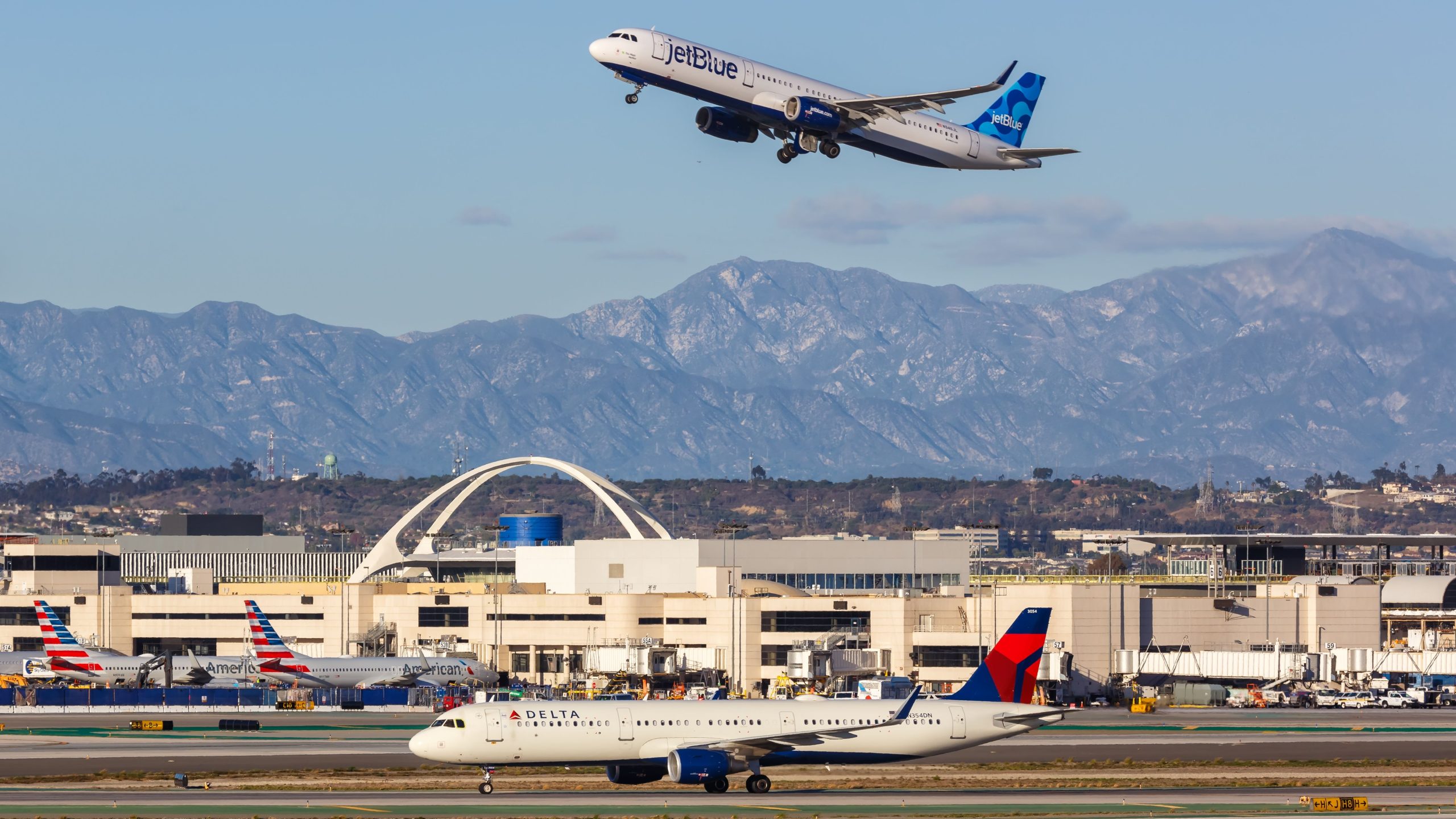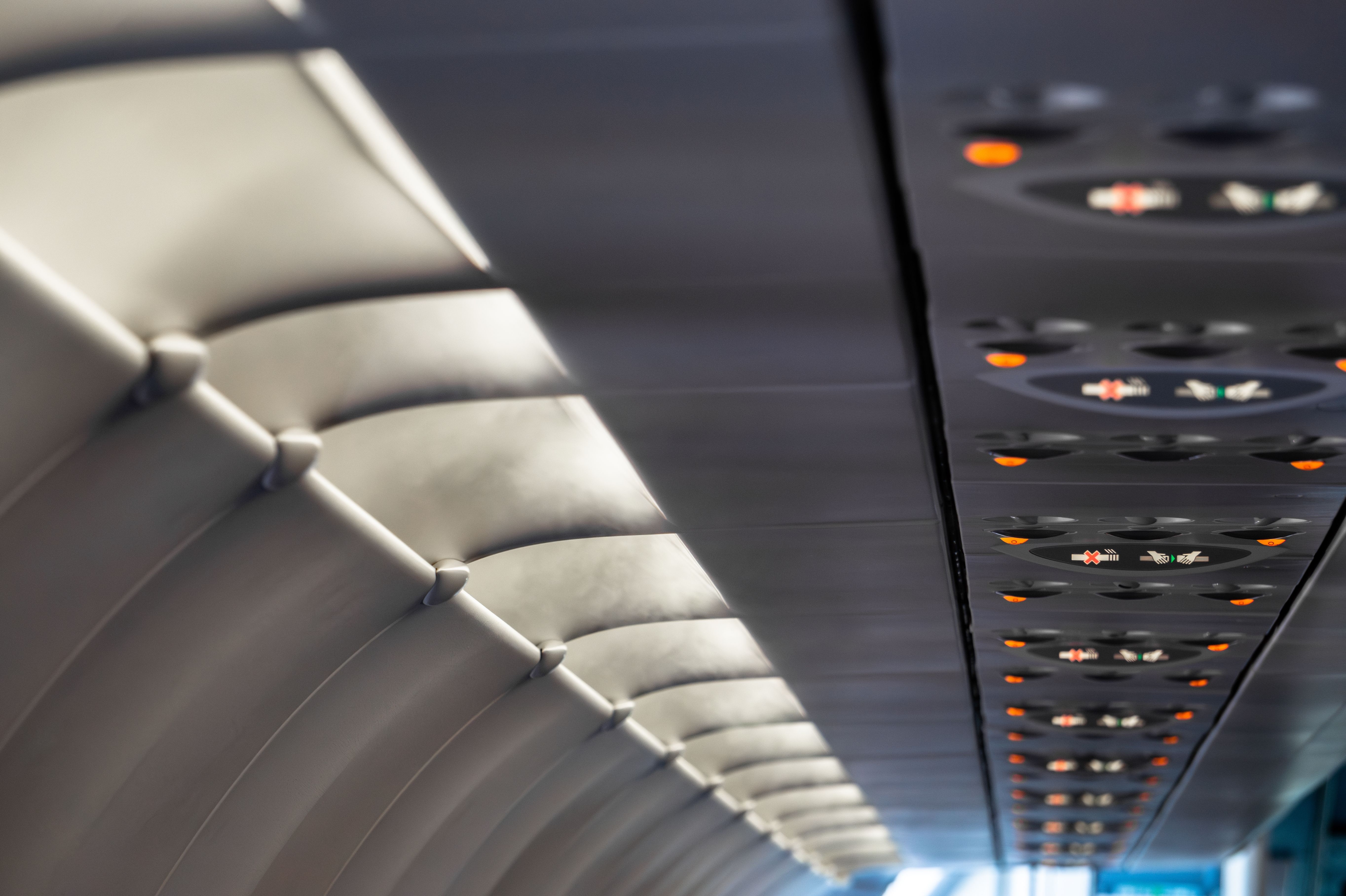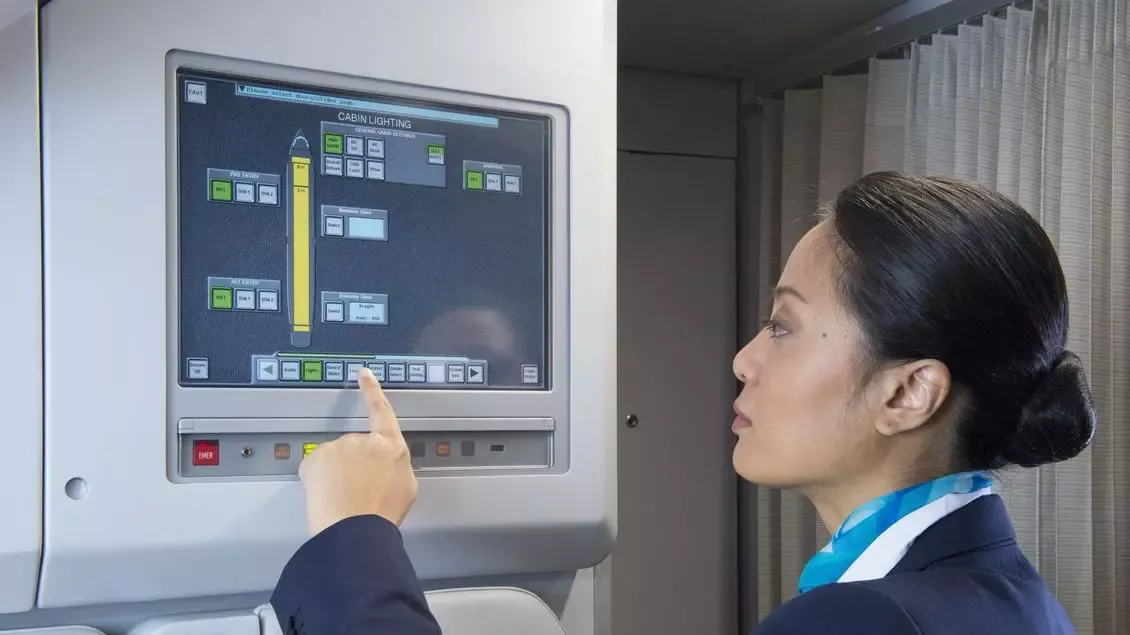Summary
- Cabin temperature is controlled by several dials for each cabin zone, so some areas might feel colder than others.
- Keeping the cabin temperature cool is essential to reduce the chances of temperature-related medical incidents.
- Passengers should dress in light layers and move around to stay more comfortable during a flight.
Regardless of which cabin class you sit in, passengers tend to suffer from the same problem: the cabin temperature is either chilly yet just warm enough or genuinely too cold. Either way, it seems like the temperature onboard an aircraft is never ‘just right.’
This problem results in passengers struggling between needing to wear a jacket (or even two) one moment when the aircraft cabin feels cold, only to eventually realize that despite all the layers, the cold never really subsides. But why and how is the aircraft cabin constantly freezing during a flight?
Thinking about the passengers
Although it might seem like it for passengers who believe sitting in an aircraft is equivalent to a walk-in freezer, airlines adjust cabin temperatures in an attempt to keep their paying customers comfortable. To ensure maximum comfort for all passengers, airlines often have their cabin crew members adjust the temperatures between 22°C and 24°C. When converting to Fahrenheit, it’s between 71°F and 75°F.
Photo: AstroVictor | Shutterstock
This temperature range is usually what the average individual would use on their air conditioning units back home, which is precisely what airlines are trying to mimic. And since body temperatures usually vary, airlines try to keep the temperatures towards the lower end of that spectrum, especially during morning or afternoon flights in the summer.
Reducing medical incidents
That said, feeling too cold in an aircraft is tolerable, and it’s certainly much better than being onboard an aircraft when the temperatures are uncomfortably warm. With higher temperatures and a dense environment, the stuffiness might make it harder for passengers to breathe, so some feel dizzy or faint when the air conditioning is turned off.
Photo: Mehdi Photos | Shutterstock
Warm temperatures, when paired with prolonged turbulence, have been shown to increase nausea in those who suffer from motion sickness. In extreme cases, passengers have even suffered heat strokes from the aircraft being on the apron for too long with no air conditioning. Hence, keeping the temperatures within the cabin cool is crucial for airlines to reduce the chances of temperature-related medical incidents and potential complaints and lawsuits from passengers.
Tampering with the temperature dials
Since adjustments are often made throughout the flight to ensure the temperatures within the aircraft cabin remain within the expected range, how does it happen? Unsurprisingly, it’s one aspect of the hard work of all airline flight and cabin crew members. Given how the aircraft cabin is usually divided into different zones, each section typically has its own air conditioning system controller.
These controllers are often described as very similar to home thermostat panels, but every panel has separate dial settings for each cabin zone. Playing with these dials will ultimately determine the zone’s temperature, which means that depending on where the passenger sits, some areas might feel a lot colder than others.
How to stay warm
While the flight and cabin crew welcome feedback on whether the temperatures are truly unbearable, they must ensure the cabin temperature is within the specified range. So how can passengers get out of the cold and ensure a more comfortable flight? One obvious way is to dress comfortably in multiple light layers, even if the destination is tropical.
Another method is moving; since passengers mostly sit, the blood does not move as quickly throughout the body, making them more prone to feeling chilly. When convenient and able to do without disturbing others, passengers could walk to the lavatories more often to get the blood moving and perhaps get some stretches to regulate blood flow better.




